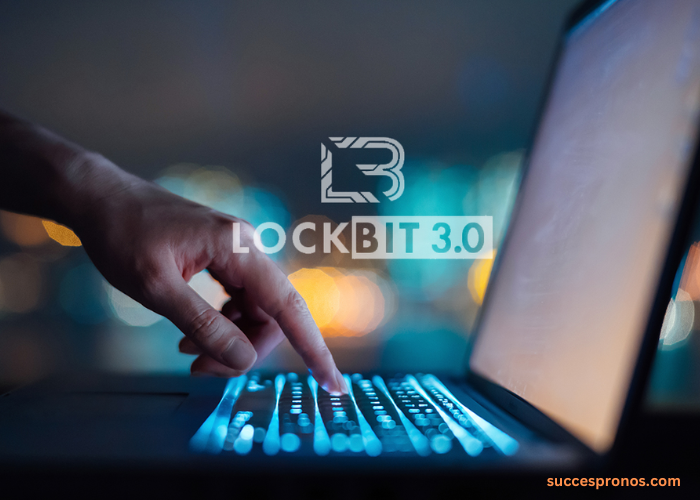
Ransomware is malware that encrypts the files of those it infects, requiring a ransom payment for the key needed to unlock the data. LockBit Black is an advanced ransomware strain that emerged around mid-2022. It is part of the LockBit ransomware-as-a-service (RaaS) operation, which allows affiliates to deploy the ransomware while sharing some ransom payments with the malware’s developers. It features automated attack capabilities, making it one of the most efficient ransomware variants, with the ability to encrypt files on a compromised system within seconds.
Case Studies
The Healthcare Sector
One of the most alarming cases of LockBit 3.0 occurred in the healthcare sector, where a prominent hospital network in Europe was targeted. The attack encrypted patient records and critical administrative data, causing significant disruptions in patient care and operational continuity. The attackers requested a substantial ransom for the decryption key, thereby jeopardising the security of sensitive data.
Manufacturing Industry Impact
Another notable instance was in the manufacturing industry, where a multinational corporation suffered an attack that halted production lines in several countries. The ransomware encrypted operational data and threatened to release proprietary design data, which could have led to severe competitive disadvantage and financial loss.
Government Agencies
It also affected government operations, with a local government in the United States becoming a victim. This attack encrypted vital public records and disrupted municipal services for several weeks. The attackers exploited network vulnerabilities and used sophisticated tactics to evade detection, demonstrating the ransomware’s advanced capabilities.
Lessons Learned
Emphasising Cyber Hygiene
The attacks underscore the importance of basic cyber hygiene. Regular software updates, robust backup strategies, and employee training on phishing and other common attack vectors are essential. Organisations must prioritise these basics to reduce their vulnerability to ransomware attacks.
Zero Trust Architecture
Adopting a Zero-Trust architecture can significantly mitigate the risk of ransomware spreading within a network. By never trusting and consistently verifying, even if an attacker breaches the initial defences, their movement within the network remains restricted, limiting the damage they can inflict.
Advanced Detection and Response
It is essential to invest in sophisticated threat detection and response tools. These tools can identify ransomware indicators of compromise (IoCs) before the malware can cause significant damage. Early detection paired with an automated response can neutralise threats in real time.
International Cooperation and Legal Frameworks
The global nature of ransomware like this highlights the need for international cooperation in cybersecurity. Strengthening legal frameworks to prosecute cybercriminals across borders and sharing intelligence between nations can enhance global cyber resilience.
Enhancing Endpoint Security
Enhancing endpoint security is crucial to counter sophisticated threats like this. Organisations should deploy endpoint detection and response (EDR) systems to monitor and respond to suspicious activities in real-time. Adequate endpoint security also includes regular vulnerability assessments to patch potential security gaps, ensuring that all endpoints are fortified against the ingress of ransomware.
Importance of Data Encryption
Encrypting data adds a vital layer of security by rendering sensitive information unreadable to unauthorised users, even when a system is breached. For businesses grappling with threats such as this, utilising encryption safeguards the integrity and confidentiality of data, substantially reducing the severity of data breaches. This practice is vital in industries handling susceptible data, such as finance and healthcare.
Continuous Security Training
Human error often serves as an entry point for attacks. Continuous security training programs for all employees can significantly reduce this risk. Regular training sessions should include the latest cybersecurity trends and attack methods, such as phishing scams commonly used to deploy ransomware.
The case studies of the impact of LockBit 3.0 across various sectors illustrate the destructive capabilities of modern ransomware. However, they also provide valuable lessons to help organisations prepare and respond more effectively to such threats.